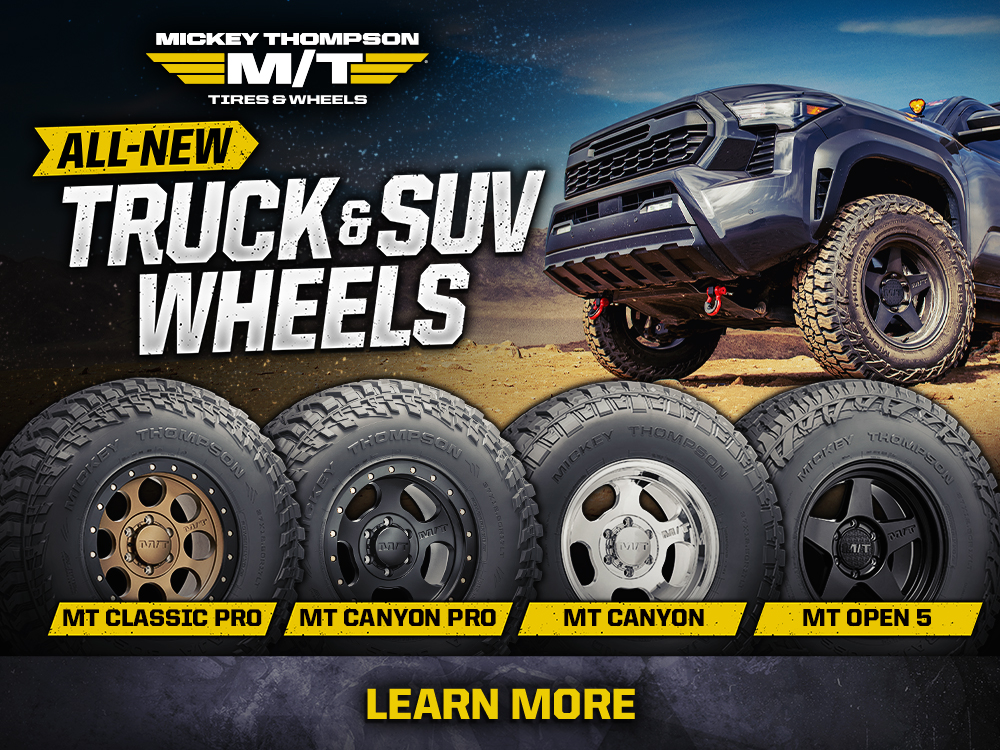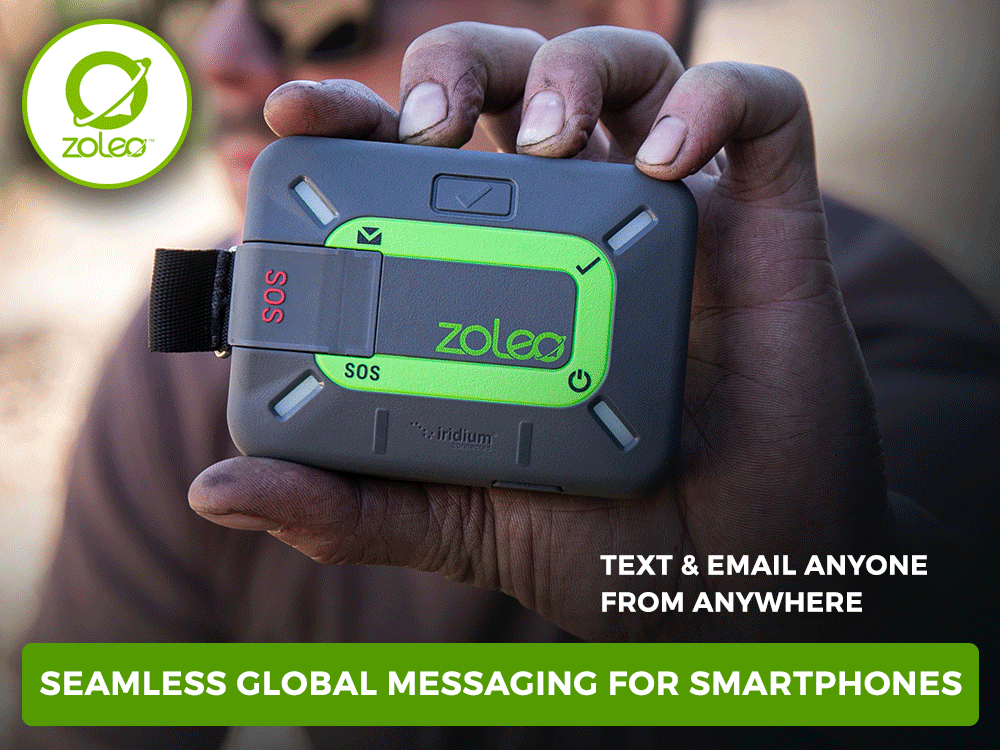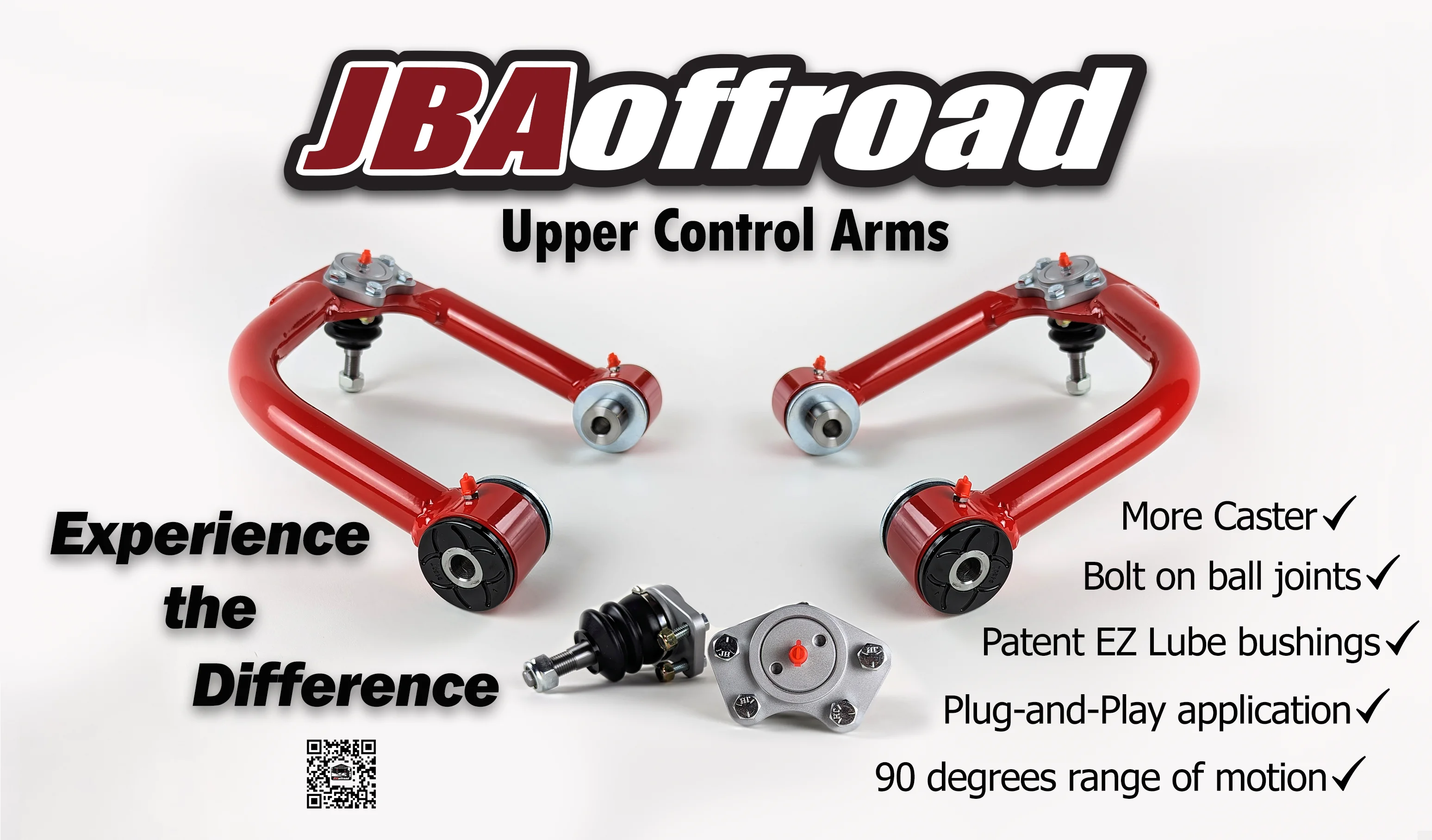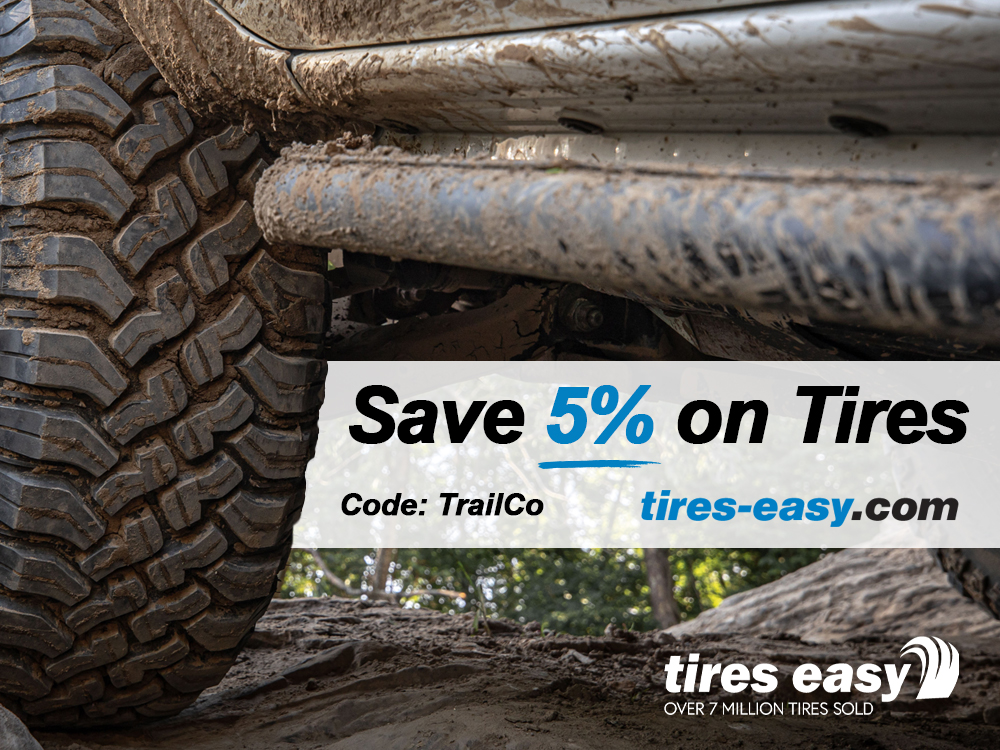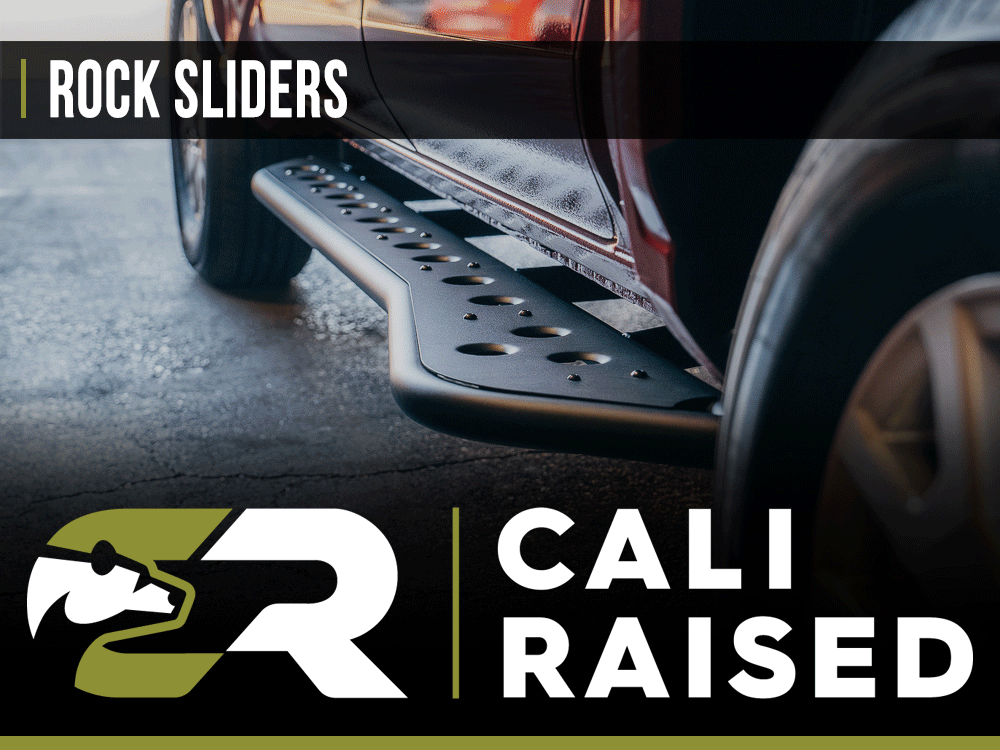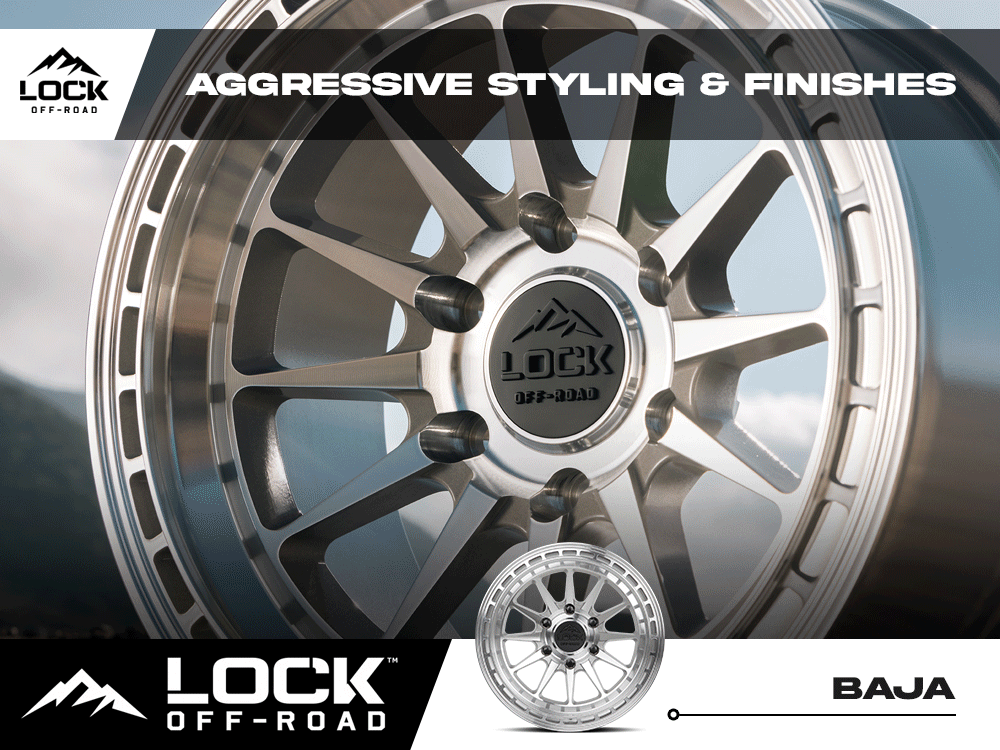- Joined
- Mar 26, 2024
- Messages
- 438
- Reaction score
- 267
- Location
- Sacramento, CA
- Website
- trail4runner.com
- IG Page
- Visit Instagram
We finally got the 6th Gen 4Runner out on some tighter NorCal trails for its first proper shake-down run. For reference, both the 5th and 6th Gen were running 35" tires and similar lift heights (2.25" front lift on the 6G with the Peak Suspension collar kit and 2" rear spacer, and 2.5" lift on the 5G).
This is more or less a 6th Gen Vs. 5th Gen 4Runner Off-Roading Comparison, Differences, and what to expect if you're moving from a 5th Gen into a 6th Gen.
Here's how it went down:

The 6th Gen is noticeably heavier, wider, and longer than the 5th Gen. That added size definitely showed on tighter technical sections, switchbacks, fallen tree sections, and rock gardens. It seemed to be much more noticeable in the 6G. The 5G, by comparison, danced through it like usual. It's not wider by much, but after wheeling over five different 5th Gens over the last decade, it's going to take some getting used to. It wasn't a big problem, nor did it stop us from working our way through the trail, but this was the first thing I noticed overall - the 6th Gen is bigger all the way around, and you will absolutely notice it if you're coming from a 5th Gen.

General Ground Clearance

The Peak Suspension collar lift + spacer combo does a decent job getting the truck off the ground, but 35s still don’t fully clear - even after trimming the 6th Gen 4Runner for 35" tires. We lost both inner rear fender flares within the first 5 minutes. Minor rubbing and contact with the body showed up in a few spots, especially under full flex. To run 35s confidently, we’re going to need a true 3” lift, upper control arms, rear trimming, upgraded extended bump stops to limit the uptravel, upgraded links, and some lower link skids would be nice.
In my opinion, the Peak collar kit and 2" spacer rear would be ideal for 33–34” tires if you want to preserve up-travel and make contact with bump stops, not the fenders.
Everyone has been saying that 35" tires fit without issue on the 6th Gen 4Runner, and that's just not the case if you want to actually go wheeling your truck on tight rocky trails. Sure, you might be able to drive with 35" tires on the road, but crawling rocky trails proves to be another topic.

Where the 6G really impressed was in 4LO. Despite sharing the same 3.73 ring and pinion gear ratio as the 5G, throttle response felt much smoother and more manageable. It’s not nearly as jumpy or jerky as the 5G in low range. Power delivery felt more controlled, with lower RPMs and plenty of usable torque. This is really where the 6G shines over the 5th Gen, brake throttle modulation proves to provide much more performance in tight spots where traction is lost. While driving through rutted out muddy boulders and pinched between rocks, the 6th Gen doesn't really need to "back up and bump it" like the 5th Gen. Just apply a little brake throttle modulation, and it gets through it just fine.
Overall, both 4HI and 4LO felt noticeably more controlled in the 6th Gen compared to the 5th. It’s honestly one of the most promising aspects of the new platform, especially when I was pretty frustrated with how much ground clearance we were lacking.

One of the biggest challenges we noticed was how the 6th Gen handled approach, breakover, and departure angles, especially compared to the 5th Gen. The longer overall length and extra overhangs are immediately noticeable when dropping into ledges or navigating sharp elevation changes.
Even with a mild lift and 35s, the approach angle was limited by the factory front bumper, which took a few hits throughout the day. The breakover angle was where we felt the biggest disadvantage, dragging the belly often, especially over tight crests and rock ledges. The departure angle was a mixed bag. It did better than expected, but the stock rear bumper still caught a couple of times on step-downs.
Swapping to high-clearance front and rear bumpers would help a ton here, but it’s clear the 6G’s longer wheelbase and lower belly height make it more prone to contact in technical terrain, even with the added tire size.

The 6G 4Runner did great for its first run, especially with stock bumpers and just a collar kit lift. We walked away with minor bumper hits, lost some trim, and learned a lot about the new platform. There's still plenty of work ahead to make this thing truly capable on 35s, but we’re excited to dial it in.
Anyone else running 35s on their 6G? Curious how others are addressing trimming, clearance, and suspension setup. Let’s hear it.
This is more or less a 6th Gen Vs. 5th Gen 4Runner Off-Roading Comparison, Differences, and what to expect if you're moving from a 5th Gen into a 6th Gen.
Here's how it went down:
Dimensions & Trail Feel (6th Gen Vs. 5th Gen 4Runner)
The 6th Gen is noticeably heavier, wider, and longer than the 5th Gen. That added size definitely showed on tighter technical sections, switchbacks, fallen tree sections, and rock gardens. It seemed to be much more noticeable in the 6G. The 5G, by comparison, danced through it like usual. It's not wider by much, but after wheeling over five different 5th Gens over the last decade, it's going to take some getting used to. It wasn't a big problem, nor did it stop us from working our way through the trail, but this was the first thing I noticed overall - the 6th Gen is bigger all the way around, and you will absolutely notice it if you're coming from a 5th Gen.
Ground Clearance Comparison
General Ground Clearance
- 6th Gen: 10.25" clearance at the skid, 10" at the diff
- 5th Gen: 13" at the skid, 11.25" at the diff
- 6th Gen: 12" (CBI Off-Road with top plates)
- 5th Gen: 18" (CBI Off-Road Angled without plates)
- 6th Gen: 11" center slider
- 5th Gen: 16" center slider
Lift & Tire Fitment Clearance
The Peak Suspension collar lift + spacer combo does a decent job getting the truck off the ground, but 35s still don’t fully clear - even after trimming the 6th Gen 4Runner for 35" tires. We lost both inner rear fender flares within the first 5 minutes. Minor rubbing and contact with the body showed up in a few spots, especially under full flex. To run 35s confidently, we’re going to need a true 3” lift, upper control arms, rear trimming, upgraded extended bump stops to limit the uptravel, upgraded links, and some lower link skids would be nice.
In my opinion, the Peak collar kit and 2" spacer rear would be ideal for 33–34” tires if you want to preserve up-travel and make contact with bump stops, not the fenders.
Everyone has been saying that 35" tires fit without issue on the 6th Gen 4Runner, and that's just not the case if you want to actually go wheeling your truck on tight rocky trails. Sure, you might be able to drive with 35" tires on the road, but crawling rocky trails proves to be another topic.
Performance & 4LO Feel
Where the 6G really impressed was in 4LO. Despite sharing the same 3.73 ring and pinion gear ratio as the 5G, throttle response felt much smoother and more manageable. It’s not nearly as jumpy or jerky as the 5G in low range. Power delivery felt more controlled, with lower RPMs and plenty of usable torque. This is really where the 6G shines over the 5th Gen, brake throttle modulation proves to provide much more performance in tight spots where traction is lost. While driving through rutted out muddy boulders and pinched between rocks, the 6th Gen doesn't really need to "back up and bump it" like the 5th Gen. Just apply a little brake throttle modulation, and it gets through it just fine.
Overall, both 4HI and 4LO felt noticeably more controlled in the 6th Gen compared to the 5th. It’s honestly one of the most promising aspects of the new platform, especially when I was pretty frustrated with how much ground clearance we were lacking.
Approach Angle, Breakover, and Departure
One of the biggest challenges we noticed was how the 6th Gen handled approach, breakover, and departure angles, especially compared to the 5th Gen. The longer overall length and extra overhangs are immediately noticeable when dropping into ledges or navigating sharp elevation changes.
Even with a mild lift and 35s, the approach angle was limited by the factory front bumper, which took a few hits throughout the day. The breakover angle was where we felt the biggest disadvantage, dragging the belly often, especially over tight crests and rock ledges. The departure angle was a mixed bag. It did better than expected, but the stock rear bumper still caught a couple of times on step-downs.
Swapping to high-clearance front and rear bumpers would help a ton here, but it’s clear the 6G’s longer wheelbase and lower belly height make it more prone to contact in technical terrain, even with the added tire size.
Final Thoughts
The 6G 4Runner did great for its first run, especially with stock bumpers and just a collar kit lift. We walked away with minor bumper hits, lost some trim, and learned a lot about the new platform. There's still plenty of work ahead to make this thing truly capable on 35s, but we’re excited to dial it in.
Anyone else running 35s on their 6G? Curious how others are addressing trimming, clearance, and suspension setup. Let’s hear it.
Last edited:

